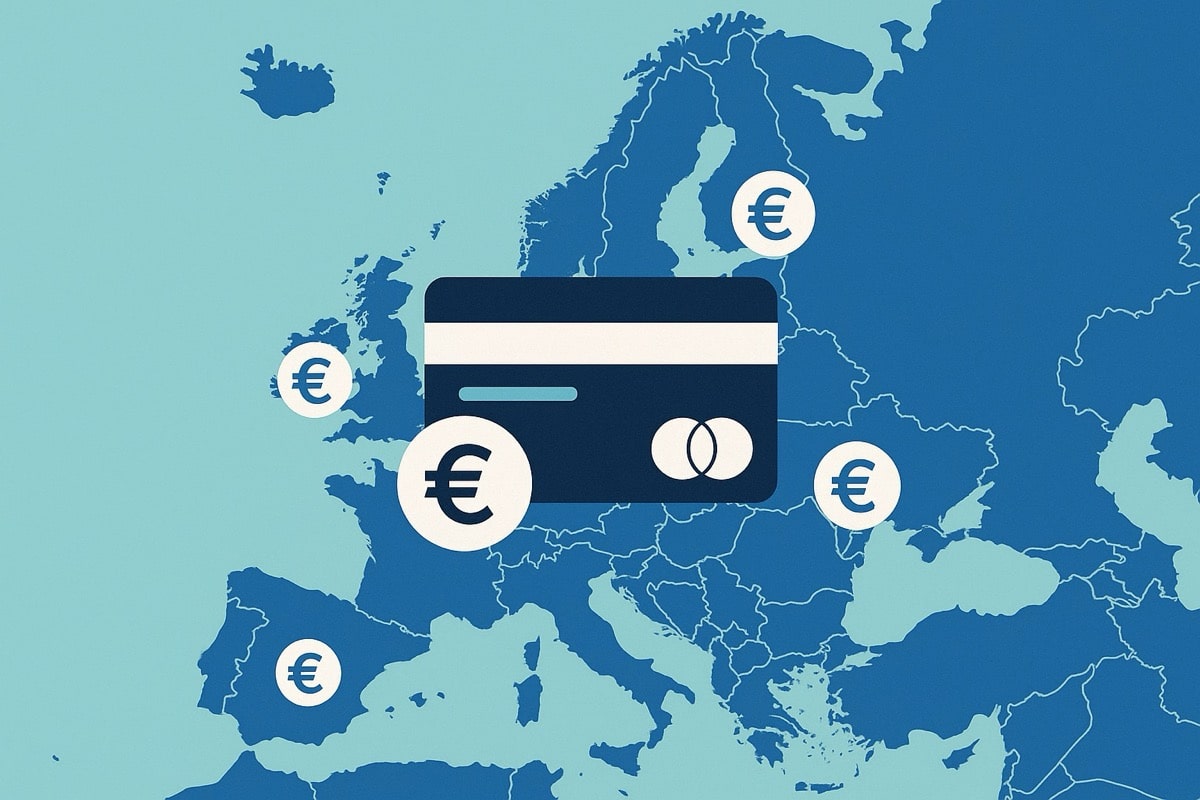The Netherlands’ dominant online payment system iDEAL is set to begin its migration to the pan-European digital wallet Wero in 2026 – a move that signals not just re-branding, but a strategic leap toward a unified, Europe-wide payment ecosystem.

The transition from iDEAL to Wero is formally announced by Dutch banks and the European Payments Initiative (EPI). From early 2026, merchants and consumers will start seeing the co-branding “iDEAL | Wero” on checkout pages, banking apps and payment flows. Over time, with gradual transition planned to finalise by the end of 2027, the iDEAL brand will phase out entirely, replaced by Wero.
iDEAL’s scale in the Netherlands is impressive: since its launch in 2005 it has become the standard for online payments in the country, with nearly full consumer reach, more than 350,000 participating merchants and over 1.5 billion transactions annually. It already accounts for around 72 % of all Dutch e-commerce transactions.
Wero, meanwhile, is built by EPI with the backing of major European banks (including ING, ABN AMRO and Rabobank) and is already live in several markets (Germany, Belgium, France) in peer-to-peer (P2P) form. It boasts tens of millions of users across these markets and is being positioned as a sovereign European alternative to global payment networks. Wero is framed explicitly as part of Europe’s push to reduce dependence on non-European payment infrastructures (e.g., U.S. card networks, global wallets). Establishing a home-grown, bank-backed payment brand is a strategic objective for EPI.
By migrating from a Dutch-only solution (iDEAL) to a Europe-wide standard (Wero), iDEAL merchants can integrate with one payment solution and then access customers across multiple European countries. The migration plan emphasises that the backend transition will be gradual and designed for continuity.
For consumers, the promise is that paying across borders will become as seamless as domestic payments. The same trusted payment flow will carry over, but with added value features and broader geographic reach. Besides, as the project scales, Wero promises additional functionalities beyond basic online payments: in-store use, subscription models, peer-to-peer requests, refunds and eventual merchant/merchant (B2B) flows. These are planned for rollout after the initial migration phases.
While the promise is compelling, the migration also carries some complexity: merchants must update branding/logos and payment-service providers must support the infrastructure switch. Ensuring continuity of service while backend rails migrate is key. Also, achieving pan-European scale remains a major coordination task. Some commentaries mention that Wero is still building out beyond P2P usage to full merchant checkout and in-store use cases, so some friction may be involved. This might disappoint users and businesses used to iDEAL seamlessness.
Nevwetheless, the upcoming shift from iDEAL to Wero marks a watershed moment in European payments. It illuminates a broader trend: from national payments systems to continental-scale infrastructure, from legacy payment flows to modern, feature-rich wallets. For Dutch consumers and merchants the change may appear incremental at first, but for Europe’s payments ecosystem, the migration signals a strategic rewrite of how payments are done across borders. The rollout in 2026 will be the first visible step of what many see as the next generation of European digital commerce.









